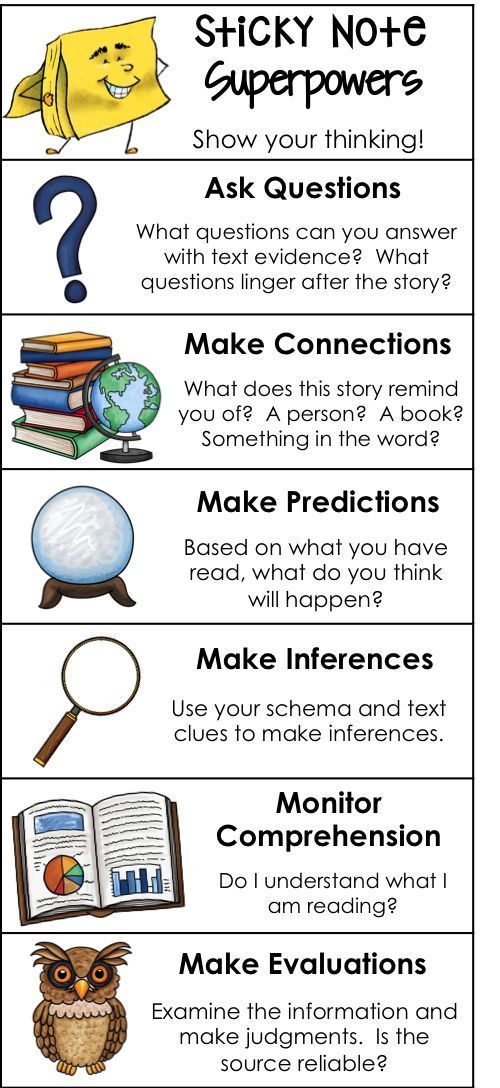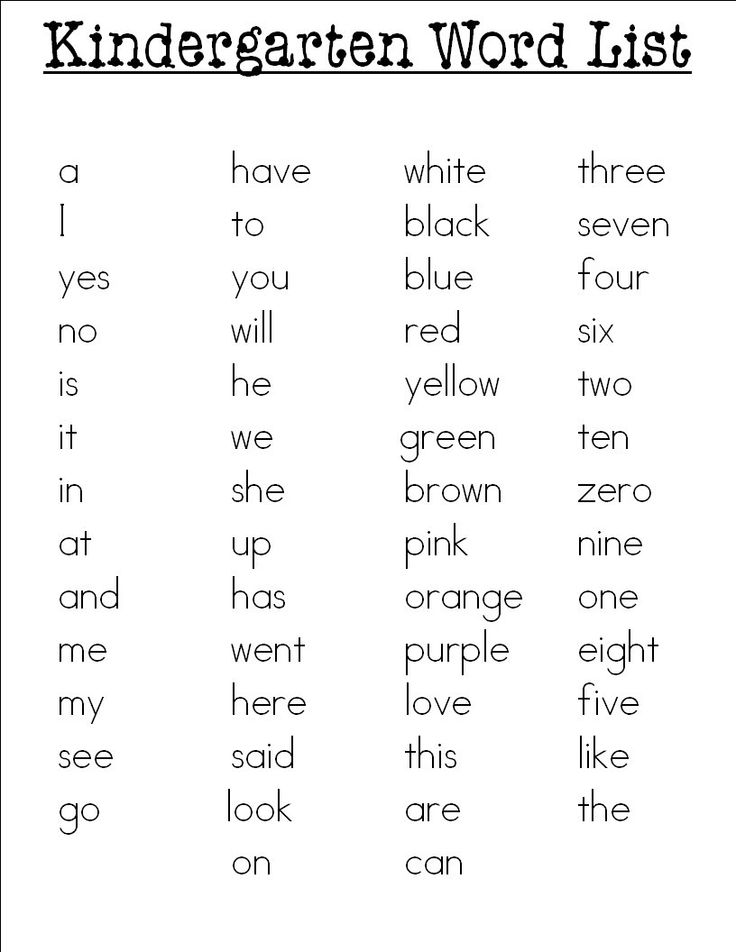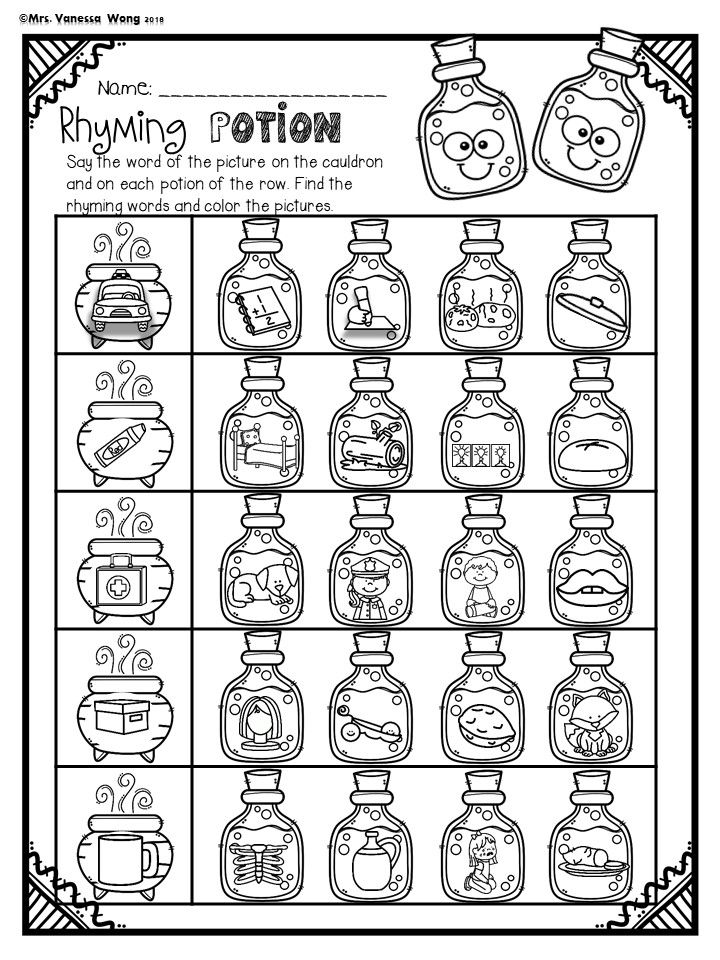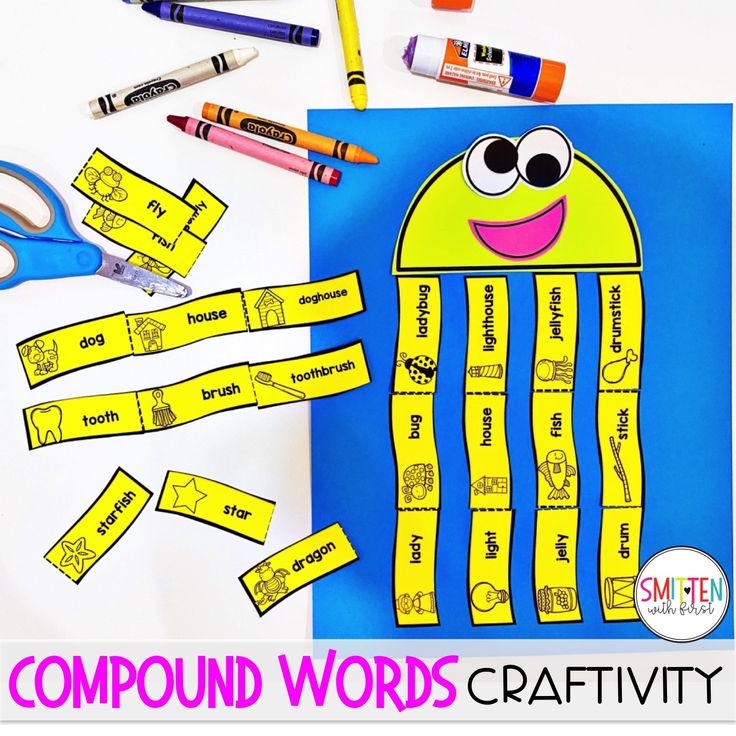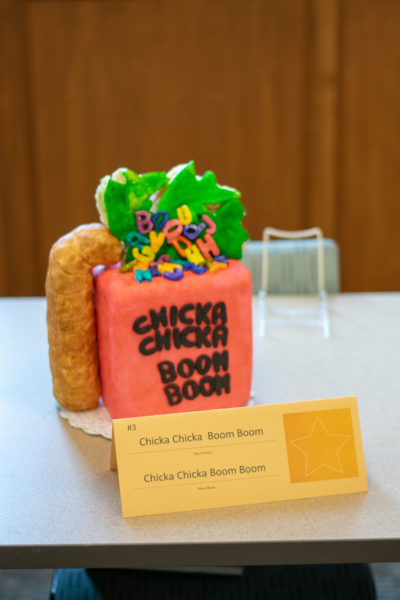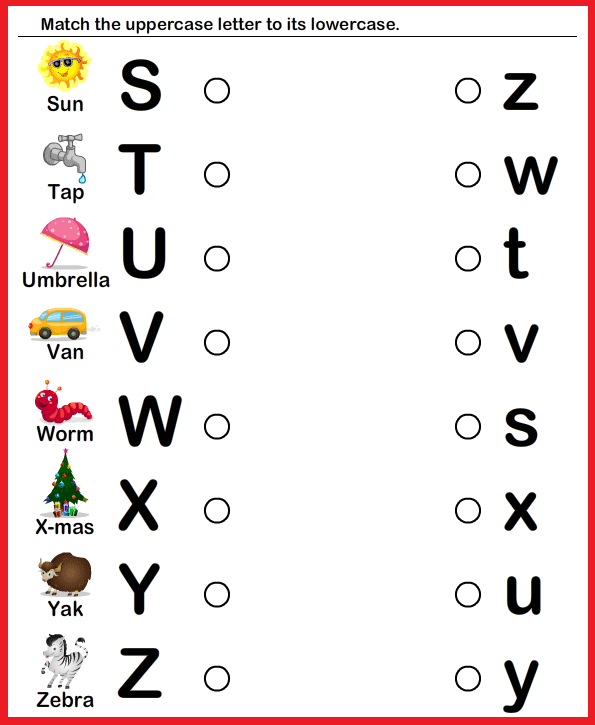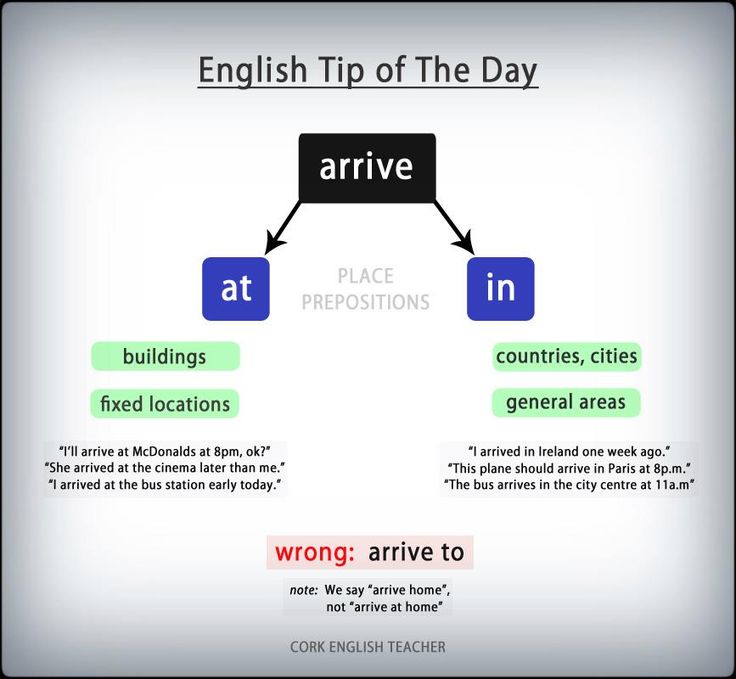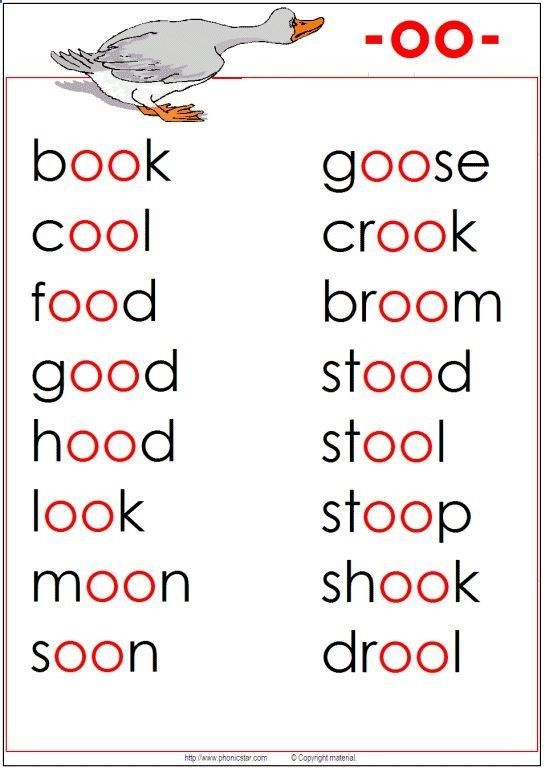Printable sight words for toddlers
FREE Printable Sight Words List
You will love these cute, handy, and free printable sight words list! These printable sight words pages include age specific Dolch Sight Words worksheets so you know what sightwords your child should know by grade: preschool, pre k, kindergarten, first grade, 2nd grade, 3rd grade, and all common words for early readers.
Printable Sight Words List
These convenient, Printable Sight Words List are a great way to keep these common sight words children need to learn handy. Simply print the list and practice with preschoolers, kindergartners, grade 1, grade 2, and grade 3 students.
Learning sight words is critical to reading because they make up 75% of the words used in beginning children’s printed material plus many of these words cannot easily be sounded out or illustrated.
Looking for more fun ways to practice sight word to improve reading fluency and your child’s confidence reading? We have compiled sight words activities by grade below.
Sight Words List
Scroll below to see the words children should memorize each grade level and fun sigh word activities for each list. Then, scroll to the bottom of the, post, under the terms of use, and click on the text link that says >> ____ <<. The pdf file will open in a new window for you to save the freebie and print the template you need.
Pre k sight words
Preschool Sight Words List: a, and, away, big, blue, can, come, down, find, for, funny, go, help, here, I, in, is, it, jump, little, look, make, me, my, not, one, play, red, run, said, see, the, three, to, two, up, we, where, yellow, you
Free preschool sight words activities to make learning fun:
- Little Mermaid Color by Sight Word
- Sight Words Construction games for Kids
- Crazy Roads pre primer sight word games
- Cut & Paste Worksheets – pre primer sight word sentences
- Penguin Sight Word Maze
- Christmas Sight Words – Read & Dab Mats
- Summer Free Sight Word Games
- Rocketship Sight Words
- Chocolate Box Preschool Sight Words Activity
- Valentine Color by Sight Word Worksheets
- Monster free printable sight word worksheets
- more preschool sight word activities
- Reading the EASY Way – Pre School Reading Program
Kindergarten Sight Words List Printable
Kindergarten sight words include the following: all, am, are, at, ate, be, black, brown, but, came, did, do, eat, four, get, good, have, he, into, like, must, new, no, now, on, our, out, please, pretty, ran, ride, saw, say, she, so, soon, that, there, they, this, too, under, want, was, well, went, what, white, who, will, with, yes
FREE sight word printable worksheets and games for kindergartners include:
- Farm Printable Sight Word Games
- Pumpkin Sight Words Game
- Dinosaur Sight Words Activity
- Free Christmas Sight Word Worksheets
- Summer Mazes – Sight Word Worksheets
- Read! Trace! Write! – building sentences with sight words
- Rapunzel Sight Word Coloring Pages
- Arctic Animals Sight Words Game
- Sight Word Groundhog Day worksheets
- Free printable sight word books
- Color by Sight Word Christmas
- Thanksgiving sight word coloring pages
- Train Sightwordsgame
- Popcorn sight words printables
- Apple Sight Words Tree Activity
- Gingerbread Sight Word Coloring Sheets
- Color by Sight Word Spring Reader
- Easter Sight Words Maze Worksheets
- Peacock Kindergarten Sight Words Activity
- Crazy Roads – Kindergarten Sight Word games
- Flower Sight Word Maze Worksheets
- Ocean Sight Words Worksheet
- Kindergarten Sight Words Christmas Activity
- Candy Cane Sight Words Activity
- Winter Free Sight Word Worksheets
- plus lots more kindergarten sight words activities
- Kindergarten Reading the EASY Way – ways to master kindergarten sight words
1st Grade Sight Words
First grade sight words include: after, again, an, any, as, ask, by, could, every, fly, from, give, going, had, has, her, him, his, how, just, know, let, live, may, of, old, once, open, over, put, round, some, stop, take, thank, them, then, think, walk, were, when
Following are fun, free printable activities to help kids learn first grade sight words:
- Crazy Roads 1st Grade Sight Words Game
- Cut & Paste 1st Grade Sight Words on the Farm
- Spring Flower Sight Words Game
- Sight Words BINGO Printable
- Bug Sight Word Readers kids create by cutting, pasting, and coloring
- Sight word flashcards printable
- Reading the EASY Way – 1st Grade Reading Game
Second Grade Sight Words
2nd Grade sight words include: always, around, because, been, before, best, both, buy, call, cold, does, don’t, fast, first, five, found, gave, goes, green, its, made, many, off, or, pull, read, right, sing, sit, sleep, tell, their, these, those, upon, us, use, very, wash, which, why, wish, work, would, write, your
Here are some fun, free printable games to learn second grade sight words:
- Sight Word Garden Game
- Frog Sight Word Games
- Colorful Printable Board game – 2nd Grade Sight Word Games
3rd Grade Sight Words
Third grade sight words include: about, better, bring, carry, clean, cut, done, draw, drink, eight, fall, far, full, got, grow, hold, hot, hurt, if, keep, kind, laugh, light, long, much, myself, never, only, own, pick, seven, shall, show, six, small, start, ten, today, together, try, warm
Dolch Words
Looking for games to practice any sight words? Grab the free printable list, in alphabetical order, that will help you see all sight words at one glance:
a, about, after, again, all, always, am, an, and, any, are, around, as, ask, at, ate, away, be, because, been, before, best, better, big, black, blue, both, bring, brown, but, buy, by, call, came, can, carry, clean, cold, come, could, cut, did, do, does, don’t, done, down, draw, drink, eat, eight, every, fall, far, fast, find, first, five, fly, for, found, four, from, full, funny, gave, get, give, go, goes, going, good, got, green, grow, had, has, have, he, help, her, here, him, his, hold, hot, how, hurt, I, if, in, into, is, it, its, jump, just, keep, kind, know, laugh, let, light, like, little, live, long, look, made, make, many, may, me, much, must, my, myself, never, new, no, not, now, of, off, old, on, once, one, only, open, or, our, out, over, own, pick, play, please, pretty, pull, put, ran, read, red, ride, right, round, run, said, saw, say, see, seven, shall, she, show, sing, sit, six, sleep, small, so, some, soon, start, stop, take, tell, ten, thank, that, the, their, them, then, there, these, they, think, this, those, three, to, today, together, too, try, two, under, up, upon, us, use, very, walk, want, warm, was, wash, we, well, went, were, what, when, where, which, white, who, why, will, wish, with, work, would, write, yellow, yes, you, your
Sight Words Printable
Free sigh word printable worksheets and games to practice all dolch words include:
- Candyland Cards Printable
- Bug Sight Word Games
- Candy Corn Sight Word Reader
- Valentines Day Sight Word Mats
- Christmas Present Sight Word Mats
- Turkey Sight Word Mats
- Alphabet-O Sight Word Alphabetizing Games
- Sight Word Tracing Worksheets
Looking for more fun, creative ways you can begin your free homeschool? We have over 1,000,000 pages of FREE Printable Worksheets including resources for: pre k worksheets, kindergarten worksheets, 1st grade worksheets, 2nd grade worksheets, 3rd grade worksheets, 4th grade worksheets, 5th grade worksheets, 6th grade worksheets, and more.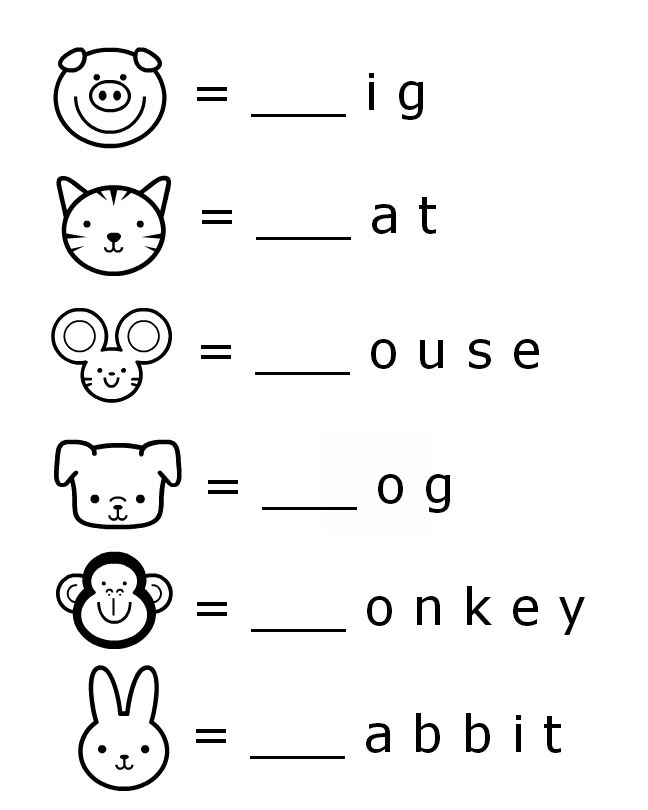 Plus see our history lessons for kids, printable math games, language arts worksheets, sight word worksheets, free alphabet printables, and cvc word activities for kids of all ages!
Plus see our history lessons for kids, printable math games, language arts worksheets, sight word worksheets, free alphabet printables, and cvc word activities for kids of all ages!
In addition, don’t miss our disney world planning and kids activities filled with ideas for every holiday and season of the year!
Printable Sight Words
By using resources from my site you agree to the following:
- This is for personal or personal classroom use only
- This may NOT be sold, hosted, reproduced, or stored on any other site (including blog, Facebook, Dropbox, etc.)
- All materials provided are copyright protected. Please see Terms of Use.
- I offer free printables to bless my readers AND to provide for my family. Your frequent visits to my blog & support purchasing through affiliates links and ads keep the lights on so to speak. Thanks you!
>>
FREE Printable Sight Words List <<Free Printable Pre-K Sight Word Worksheets
Need more opportunities for your pre-k students to practice sight words? These free printable pre-primer sight words worksheets are a fun and effective way for your pre-k students to master their word list!
Pre-K Sight Word Worksheets
In pre-k, students begin working on learning sight words.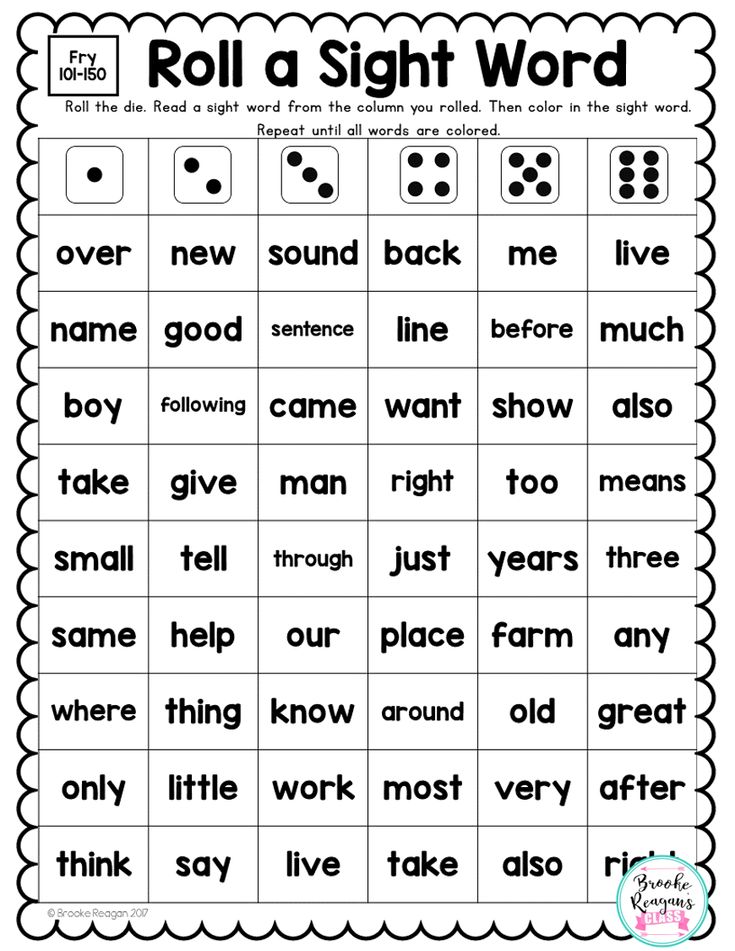 The Dolch pre-primer sight words list is the perfect place for young readers to start working on words. These free sight word printable worksheets will give your pre-k, preschool, and even kindergarten students many meaningful opportunities to practice and work on these high frequency words.
The Dolch pre-primer sight words list is the perfect place for young readers to start working on words. These free sight word printable worksheets will give your pre-k, preschool, and even kindergarten students many meaningful opportunities to practice and work on these high frequency words.
Your students will get to work with each of the 40 pre-primer words on the Dolch sight word list in 7 different ways on each worksheet. These 7 activities will help students identify, read, spell, build, and write the words. Since each sight word worksheet focuses only on one word, your students can hone in on learning that word without getting confused.
These worksheets not only offer free sight word practice for students, but they also offer a no-prep option for teachers. Simply print and go, that’s it! These pre-k sight word worksheets can also be uploaded as a digital activity if you are using Google Classroom, Seesaw, or another digital learning platform.
Add these no-prep worksheets to your morning tubs, literacy lessons, early finisher activities, or as an independent sight word activity.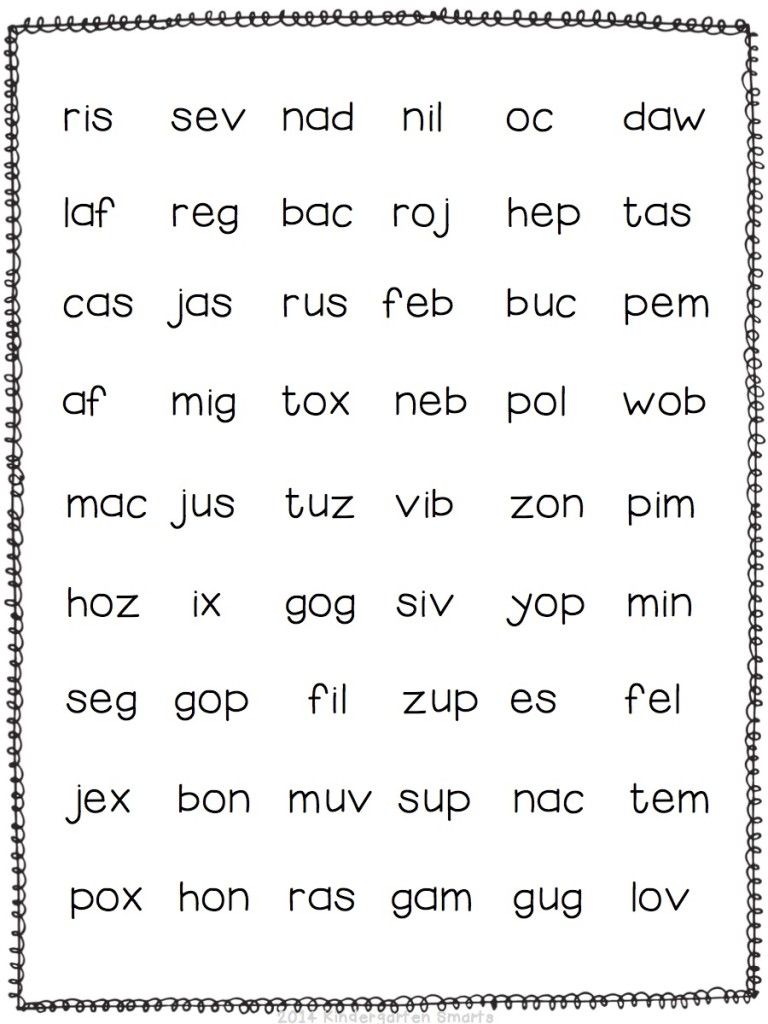 The directions are the same for each sight word, so your students will know exactly what to do and can complete them with success.
The directions are the same for each sight word, so your students will know exactly what to do and can complete them with success.
No-Prep Sight Word Worksheets
These free printable worksheets are fun, effective, and best of all…no-prep! To get these ready for your students, simply print and go. No cutting, stapling, or laminating required. The sight word worksheets come in black and white, so you can use them even if you don’t have access to colored copies.
If you want to plan ahead and save time down the road, you can print multiple words at once and store them in file folders or colorful trays for easy grab-and-go access.
Additionally, if you are using them digitally, you can upload the PDF into your learning platform ahead of time with the words you want your students to work on. Another option is to have the students complete the worksheet and submit a picture to your learning platform.
Differentiated Pre-Primer Sight Word Activities
These pre-k sight word worksheets are very versatile and can be used in a variety of ways, making differentiation a breeze.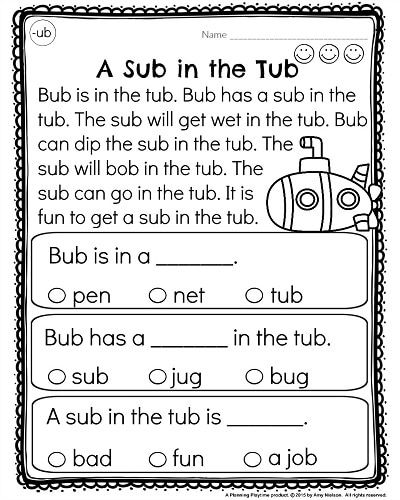 There are 40 pre-primer words included. You can easily use these worksheets for pre-k and preschool sight word work and kindergarten sight word work. Depending on the needs of your students, you can assign the word or words they need the most practice with to achieve mastery.
There are 40 pre-primer words included. You can easily use these worksheets for pre-k and preschool sight word work and kindergarten sight word work. Depending on the needs of your students, you can assign the word or words they need the most practice with to achieve mastery.
Here are a few ways in which you can utilize these sight word worksheets:
- Complete a worksheet for the word of the week.
- Revisit common words students struggle with,
- Assign certain words to small groups depending on level.
- Spiral review words throughout the year.
- Assign more challenging words to students who are ready.
- Have students work on reading fluency by completing a worksheet and then read a leveled reader focusing on that word.
Each sight word worksheet follows the same pattern of activities to read the word and write the word, so you only need to teach students how to use it one time and they’ll be set to successfully complete the rest of the word work worksheets.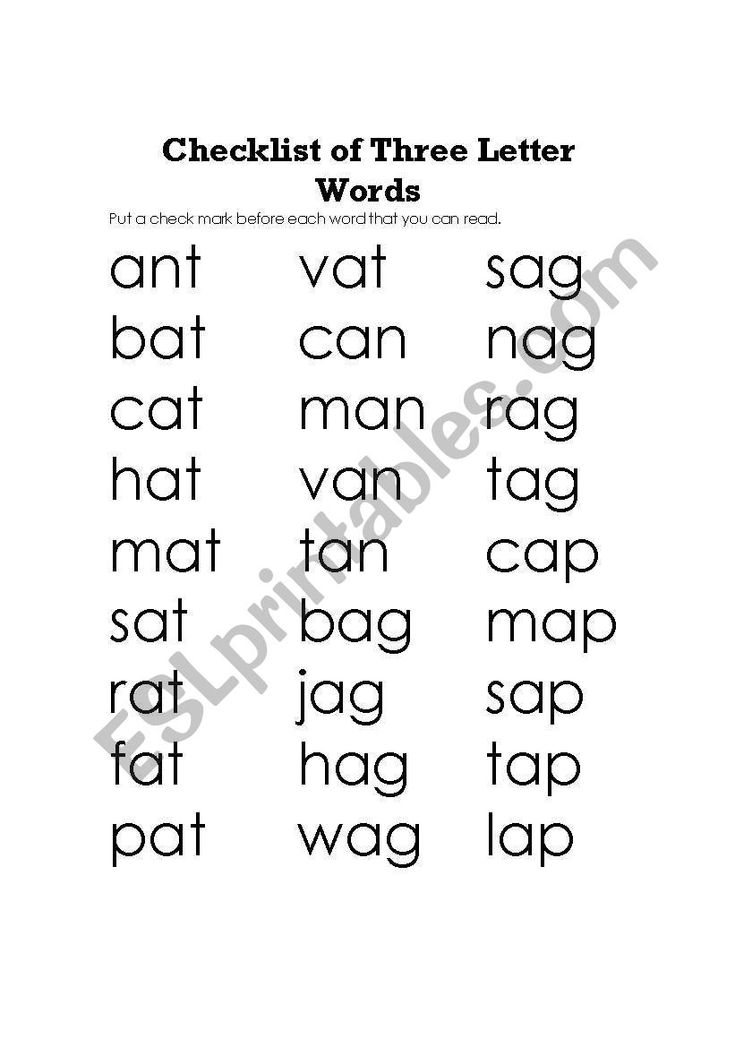
These pre-primer sight word worksheets make practice more fun, engaging, and hands-on than other types of activities, such as flash cards or rote memorization drills.
To make learning sight words even more fun for your students, you can let them complete the worksheets using colored pencils, crayons, or markers! They’ll love it!
Implementing the Sight Word Worksheets
To implement the free printable pre-k sight word worksheets, students will first read the focus sight word at the top of the page. Next, they’ll work on tracing the word, following the arrows to ensure proper writing technique and directionality. Then they will write the word independently on the line.
Students get to become artists for the next activity as they decorate the word written in bubble letters. If you wanted to encourage direction following, you could give students specific directions, such as, “Give the first letter big blue polka dots.”
They also get to be word detectives by finding and circling the sight words hidden in the word search. To make this more fun, you can give students magnifying glasses and highlighters to find and circle the words.
To make this more fun, you can give students magnifying glasses and highlighters to find and circle the words.
After that, the students will look at the letters of the alphabet and color in the letters that spell the sight word. Finally, they will fill in the missing letters in the words at the bottom of the worksheet to spell the word correctly.
In just one no-prep worksheet, students are getting a ton of meaningful practice and word work opportunities.
These sight word worksheets are perfect for practicing pre-primer sight words in any pre-k classroom! They’ll become sight word reading rockstars in no time after completing these fun sight word activities!
Click the button below to get the Pre-K Sight Word Worksheets for your students! I hope you enjoy them!
Do you need these sight word worksheets for other levels? Get them below!
These sight word worksheets pair perfectly with our Superhero Sight Word Mats for Google Slides and Seesaw! Use the mats online and then add the worksheets for extra practice!
Here are some more sight word activities!
Editable Sight Word Activities
Editable Sight Word Games Bundle
Paperless Superhero Sight Word Mats
Free Printables Page
Copybooks for children - Print and circle!
- Home
- Copy
Here you can download all kinds of recipes for children and print them for free.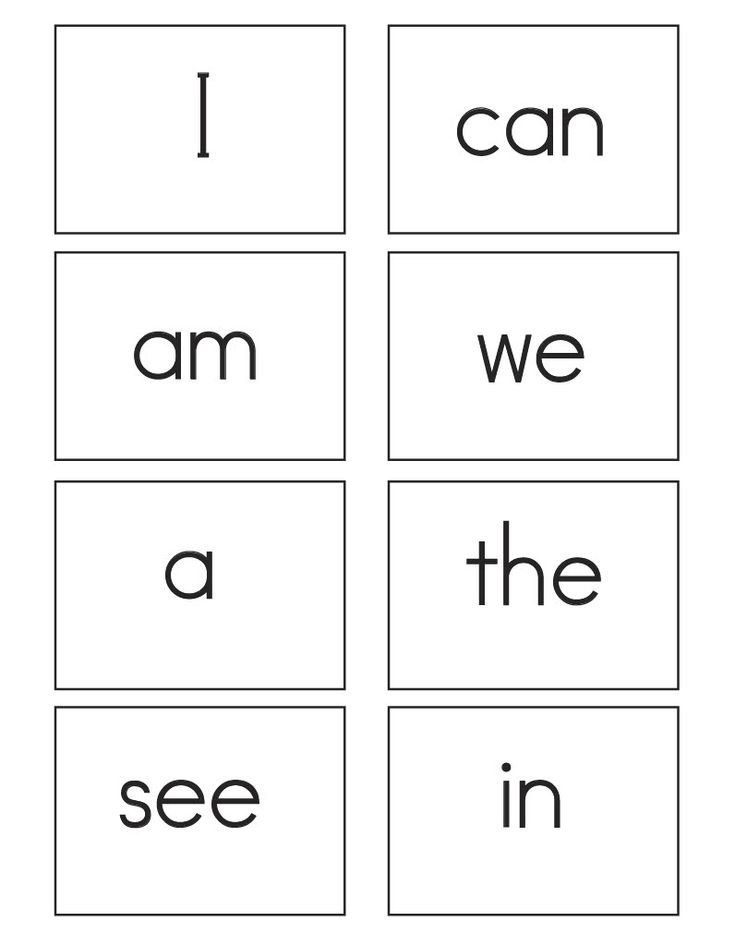 Among them there are recipes for mathematics, recipes with capital letters, recipes for kids, recipes for preschoolers and primary school students: grades 1, 2, 3, 4, 5, 6, 7, etc. For children 5, 6, 7, 8, 9 years old.
Among them there are recipes for mathematics, recipes with capital letters, recipes for kids, recipes for preschoolers and primary school students: grades 1, 2, 3, 4, 5, 6, 7, etc. For children 5, 6, 7, 8, 9 years old.
Copybooks are a very important methodological material for children, as they teach a child's hand to write, stimulate the development of beautiful handwriting and develop a positive attitude towards learning. Children who at preschool age were not familiar with copybooks and did not study them regularly have big problems in elementary school - they hardly learn to write, their handwriting is far from ideal, and every word written in a notebook is perceived by them as the most difficult work, and sometimes real pain. Where, then, will the love for learning and the incentive to achieve school success come from?
Be sure to print out various recipes for your kids, starting from the earliest years, and you will not regret it - your child will always delight you with his academic efforts, good grades and excellent handwriting!
To delve deeper into preparing children for school, use our section on teaching a child to read, in which you will find a lot of useful educational materials with the alphabet, syllables, word processing, game aids and much more .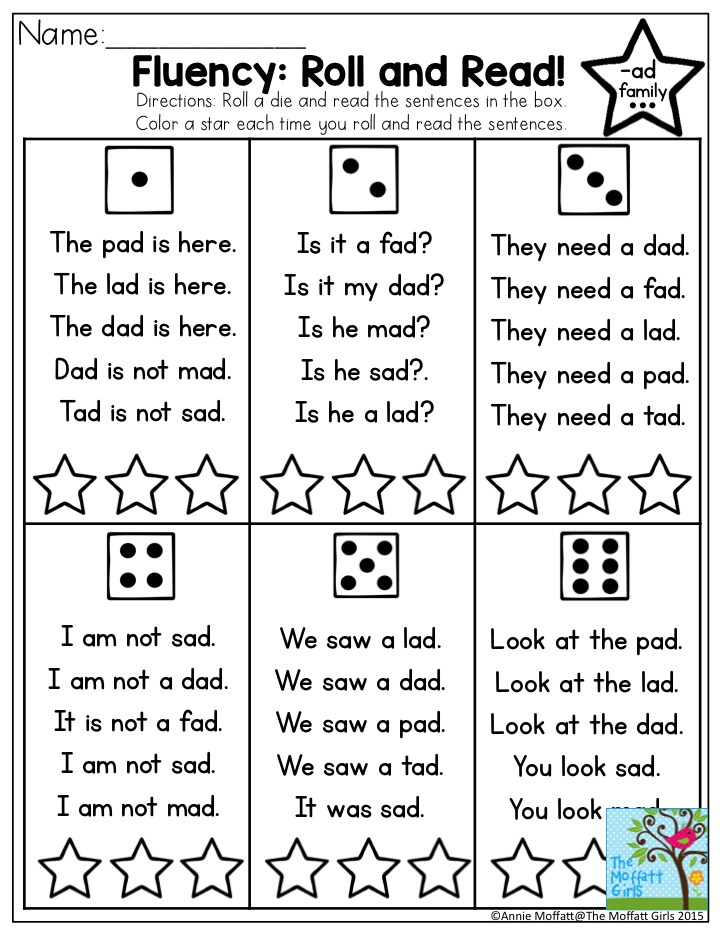 ..
..
These recipes for schoolchildren of grade 1 and elementary school students will allow children to get the first skills in calligraphy and handwriting. Recipes can be used for self-study at home.
Help kids develop their fine motor skills with dotted or outlined tracing. Our tracing tasks and exercises for children aged 5-6 will help your little one prepare their hand for writing...
Your child knows how to pronounce the alphabet. Now it's time for him to start writing letters on paper. Children learn the basics of writing at school, but handwriting needs to be developed at home as well.
Here you can download Russian copybooks for children (printed letters) with tasks. Materials in the original size are posted at the bottom of the page in one file. Learning to write, the child will be able to learn not only how to write letters correctly, he will have a great opportunity to color pictures and perform various tasks.
In this material, you can download in the attachments at the bottom of the page the exercises for children "Circle the dots".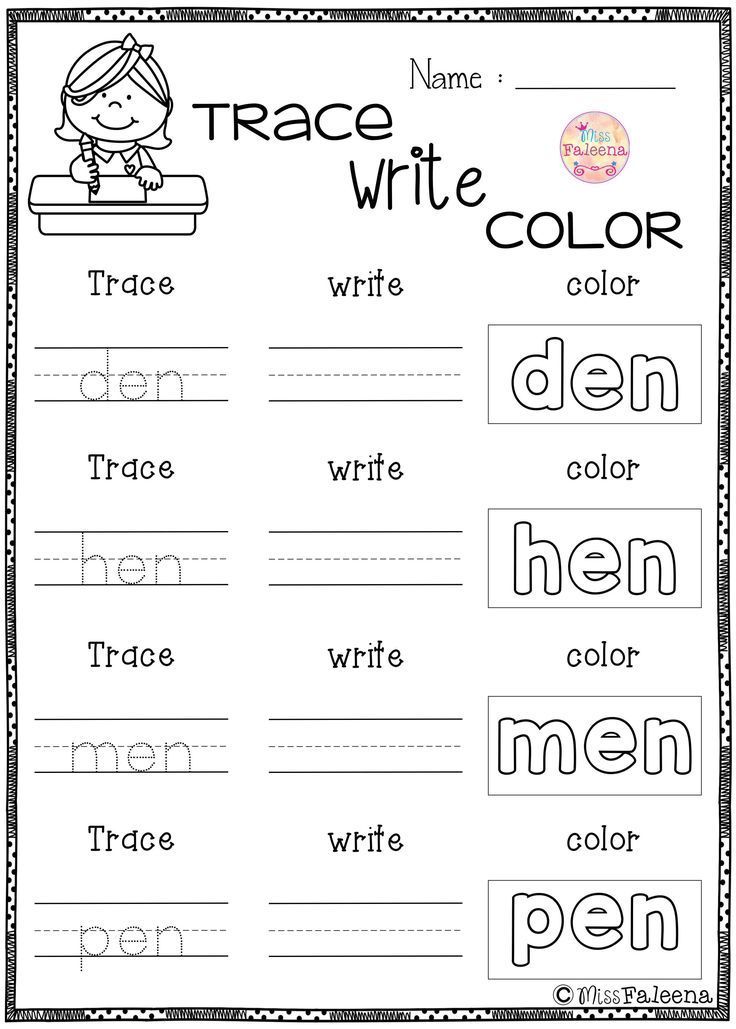 Such tasks will serve as a great start for the baby while learning to write and help develop a beautiful handwriting in a child.
Such tasks will serve as a great start for the baby while learning to write and help develop a beautiful handwriting in a child.
Here you can download tasks for kids "Circle the dots of the picture", where the child must first circle each depicted object along the contour, and then color the resulting pictures. Exercises will help you teach your child to write, and will also develop fine motor skills of the baby.
Here you can download eight exercises for preschoolers "Capital Russian letters" in one file, which will help your child form ideas about the correct combination of capital letters in words, and provide the child with the opportunity to practice writing some letters and words on his own.
Copybooks for children "Capital letters from A to Z" you can download in attachments at the bottom of the page in one file. These are indispensable activities for preschoolers who are learning to write. Timely teaching of children will certainly bring positive results during school hours, besides, a beautiful handwriting is gradually formed and developed in the child, the speed of writing letters is increasing, and there is also a desire and love for learning.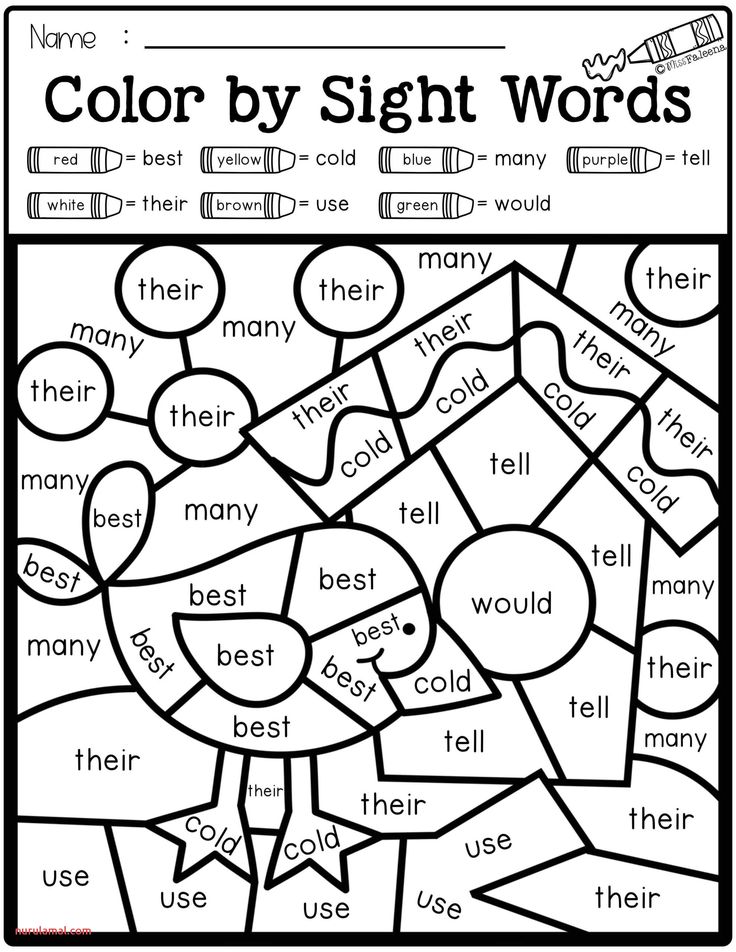
Here you can download the "Writing while playing" recipes, which consist of 33 worksheets for children from 5 years old. Performing simple and exciting sentences, your child: gets acquainted with the basic elements of numbers and letters, forms graphic skills, trains fine motor skills, develops attention and memory, learns to complete tasks independently...
Copybook for children capital letters is the best educational material for training a preschooler and younger students in writing. After all, it is capital letters that cause difficulties in primary school children.
- Home
- Entrance to the site
- Games
- Cartoons
- Encyclopedia
- Presentations
- Coloring
- Tests online
- Audio-fairy tale
- Songs Karaoke
- Children's crosswords
- Caps
- Crafts for children
- Mathematics
- Picture story
- English flashcards
- English crossword puzzles
- English copybooks
- English alphabet
- English tasks in pictures
- Cartoons in English
- Ukrainian alphabet
- Greek alphabet
- Stars Gazeta 9000 9000 9000 Proverbs and sayings
- Tongue twisters
- Pure tongue twisters
- Charades
- School literature
- Etiquette Rules
- Rules for security
- Children's news
- Methodology for Glen Dombessori
- Methodology Methods of Nikitin
- Methods of Zaitseva
Records - this is not terrible.
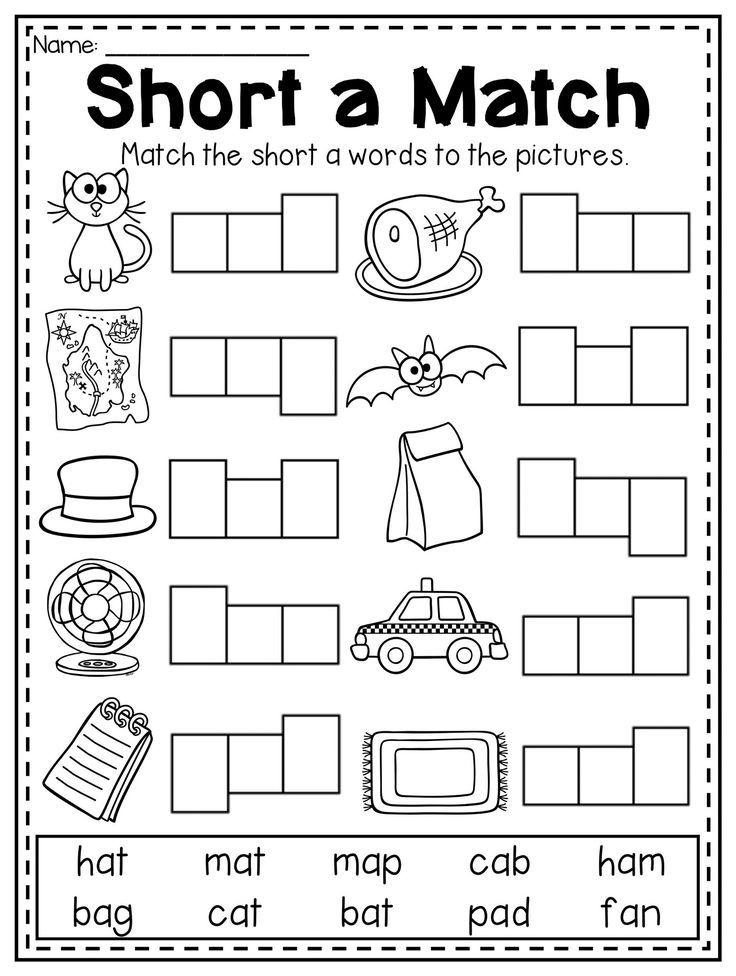 How to teach children to write through a fun game
How to teach children to write through a fun game Many children before school willingly write in large block letters, sometimes they skip letters, sometimes some of the letters are reversed, but they still like to write! But now they go to school, and the prescriptions become a nightmare. Why? And how to change it? By Zhenya Katz.
Different countries have different attitudes about whether it is necessary to write letters without separation, whether copybooks and calligraphy are needed, and if so, from what age. In England and the United States, children write more in single block letters. In France, prescriptions are written, and they insist on it. In China, they start learning hieroglyphs early.
Many psychologists and physiologists agree that it is not useful for all children to write letters without interruption, and they recommend writing separate letters without trying to write everything together.
What's wrong with capital letters? Is it possible to learn to write beautifully by hand calmly and without tears? At what age is it better to start? How often do I return to copybook assignments? Is it possible to learn to write beautifully if bad handwriting has already formed? The answers to these questions are of great interest to parents and teachers.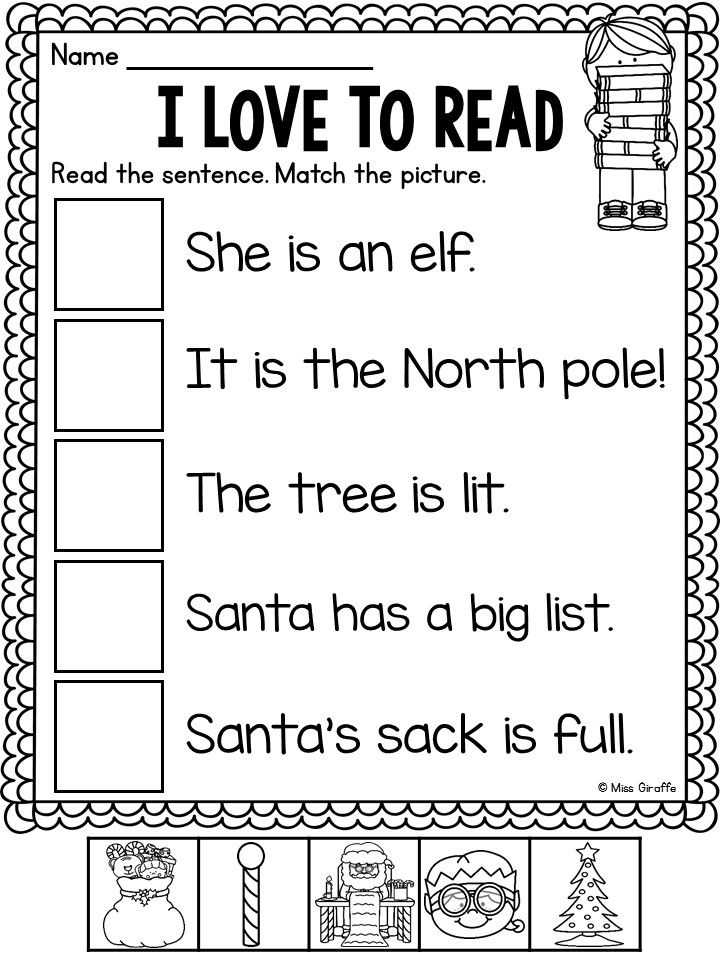
Let's start with the fact that all children are different, and the difficulties in mastering writing are also different. Depending on the situation, it is necessary to choose suitable games and solution methods. What are the most common writing difficulties?
Weak hand, weak fine motor skills, the child quickly gets tired of holding a pencil and putting pressure on it
In such a situation, it is important to offer feasible written tasks - and select convenient writing materials. Sometimes parents, seeing the difficulties, decide that they just need to postpone all activities related to pencils until the child himself wants to.
As a result, we meet a child about whom parents say: “You know, he is 6 years old, but he has not yet chosen which hand to write with, and as a result, he writes neither right nor left.” This is also not very true. Let him write and draw at least a little, let him write with different materials, but you should not completely put off these exercises.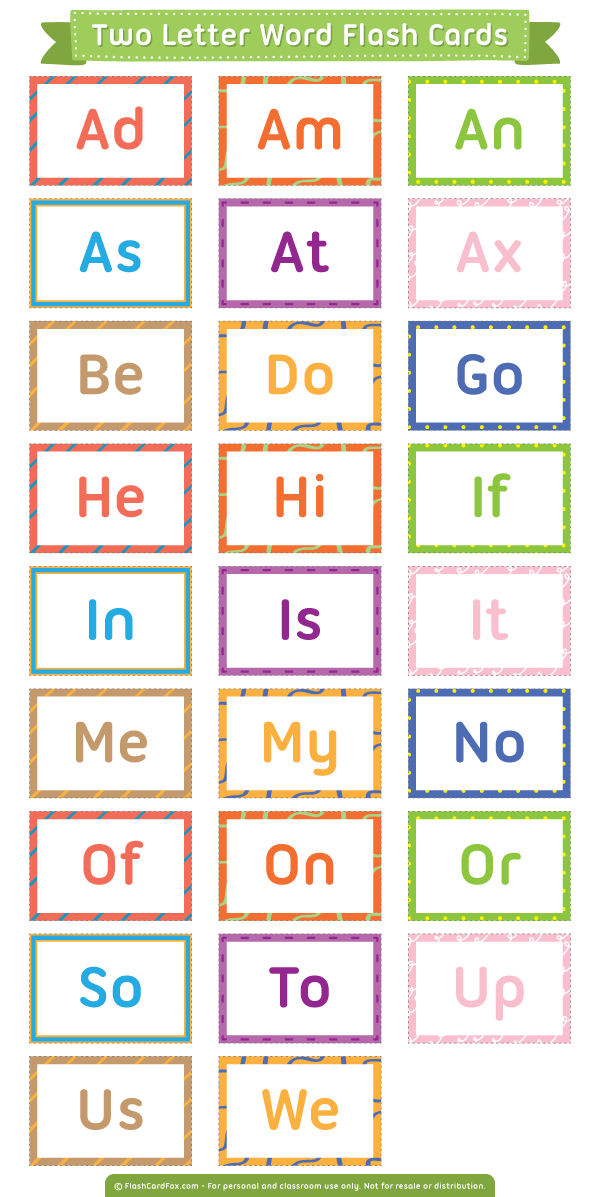
It is unlikely that a child who is not used to drawing at all will suddenly learn to write beautiful sticks and letters just because he gets older and goes to school
In our group there are often children with weak motor skills who find it difficult to hold a pencil. We keep thick triangular pencils 4B or at least 2B especially for them. You can write with soft felt-tip pens, brushes, wax crayons.
Some teachers in this situation give a thin hard pencil, they say, let them work hard so that the line can be seen. This often leads to the fact that children strain even more, squeezing the pencil, and get tired much faster. We advise, on the contrary, to give such materials with which it is easy and pleasant to draw, and the result was immediately visible.
Many children like to write with chalk on asphalt, write with berry juice on large sheets, play with semolina or foam and write letters on them.
For children whose hand gets tired quickly from writing, it is important to gradually increase the load.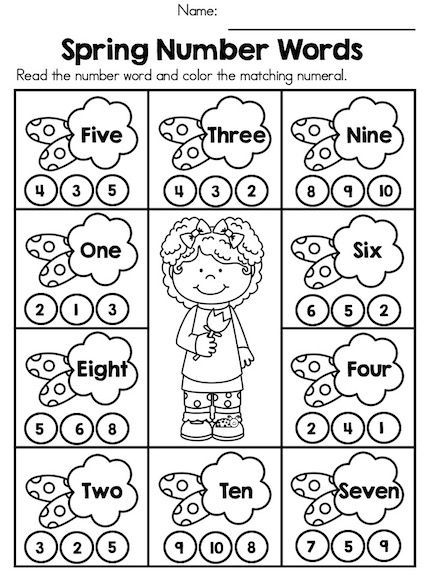 The more tired they are, the worse they hold the pencil. On the other hand, if a child does not like and cannot write at 4-5 years old, and cannot write his name, then sometimes parents think that you just have to wait - it will get better by itself. And then - bang - and the first class, and immediately you have to write a lot by hand, and in all subjects - in Russian, in mathematics, and then more homework! Parents suddenly catch on, start insisting on beautiful handwriting, children get upset, refuse, get angry. This is not the most pleasant scenario for everyone, frankly.
The more tired they are, the worse they hold the pencil. On the other hand, if a child does not like and cannot write at 4-5 years old, and cannot write his name, then sometimes parents think that you just have to wait - it will get better by itself. And then - bang - and the first class, and immediately you have to write a lot by hand, and in all subjects - in Russian, in mathematics, and then more homework! Parents suddenly catch on, start insisting on beautiful handwriting, children get upset, refuse, get angry. This is not the most pleasant scenario for everyone, frankly.
We usually start by asking at 4-5 years old to sign the name on the pictures, then the name and title, then we call the child to help us write a shopping list, a guest list, a pie recipe. We play drawing, where any funny squiggle is good. We come up with a variety of games with letters, gradually adding different written versions of word games.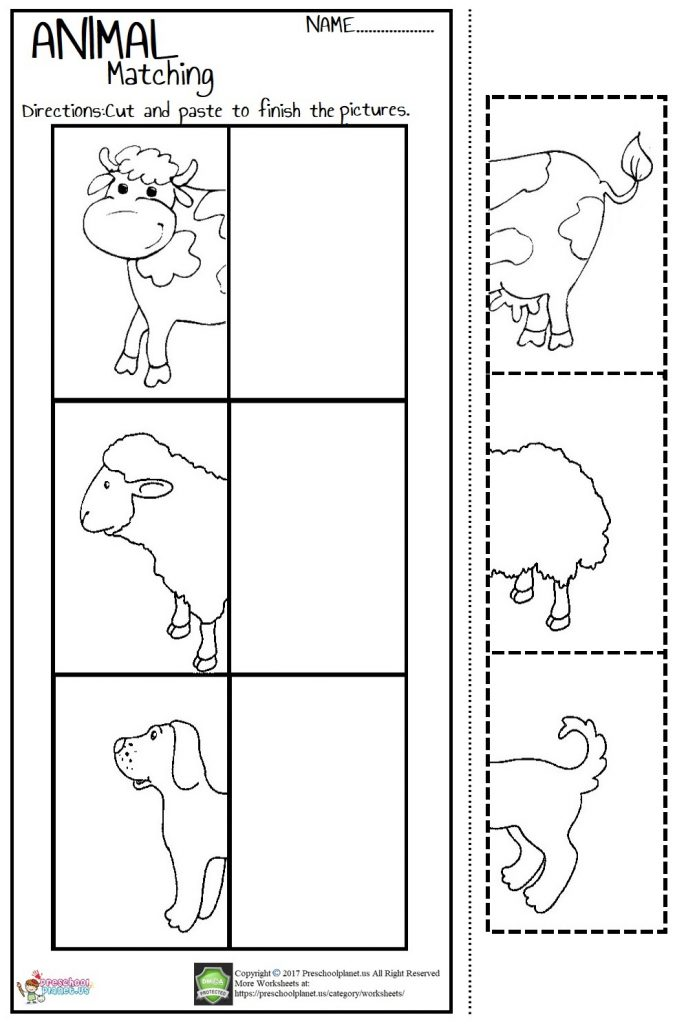
It is difficult for a child to write in small letters
If we see that a child cannot draw a straight line, it does not work out to draw or paint over neatly, circles do not work, the line trembles - we must start with very large samples. Do not try to write small letters, squeezing them into narrow rulers.
Do the opposite: take a huge piece of paper and write a letter on it. You can take an A4 sheet and put it in a transparent file folder, or laminate sheets with large letters - one letter per whole sheet. And then we write in transparent with a marker for the board.
In this case, we fix the motor image of the letter, but at the same time we do not run into problems with fine motor skills. You can write giant letters with a stick on the sand, with a sponge on the bathroom wall, or with chalk on the asphalt. Which, in my experience, does not help much - shading and playing with small Lego.
Parents are often surprised: they say, how bad motor skills can be, he plays Lego for hours!
Alas.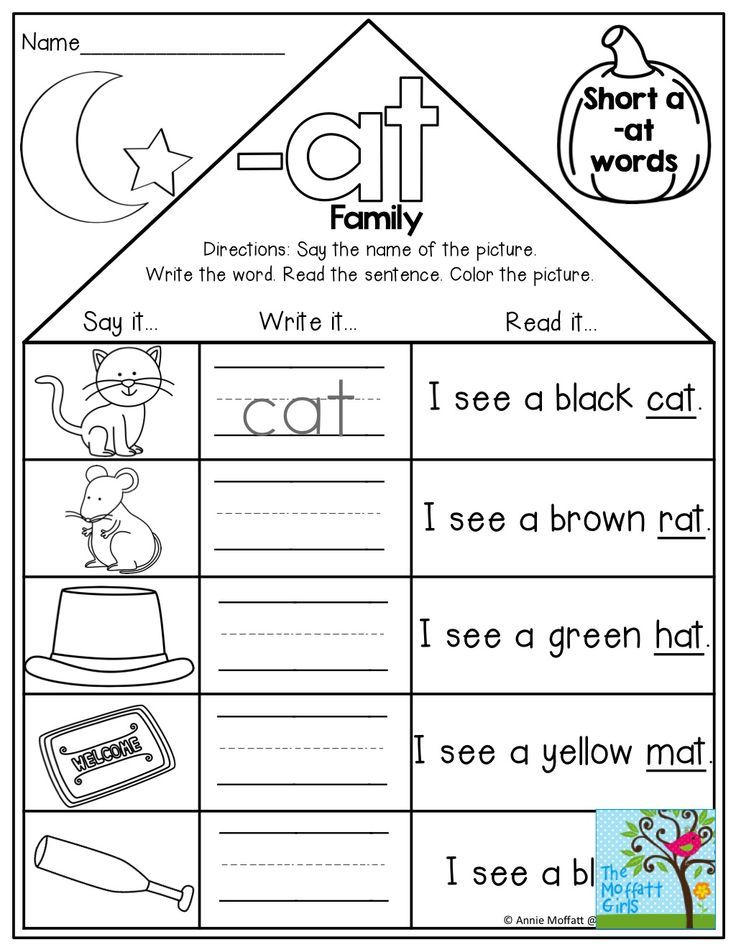 Lego requires completely different movements, not the same as for writing. And the ability to connect cubes and bricks does not help in any way the smooth coordinated movements that are needed for capital letters.
Lego requires completely different movements, not the same as for writing. And the ability to connect cubes and bricks does not help in any way the smooth coordinated movements that are needed for capital letters.
My friend, mother of nine children Olesya Likhunova, told how she taught all her children to write: they did not start with letters, but with a variety of games with clay and plasticine, so that the child had good motor skills, an eye, and good coordination eye-hand. After that, they took a large sheet and drew one letter on the whole sheet. One huge! First, the mother draws, and the child traces this letter with his finger. Then he tries to write with a felt-tip pen. And the most beautiful of the five attempts is shown to all households and boasted: “Look, what our Petya is like! No one taught him capital letters, and today he wrote such a beautiful “A”!”
Ideally, to make a notebook from wide rulers for first-graders who find it difficult to write small letters.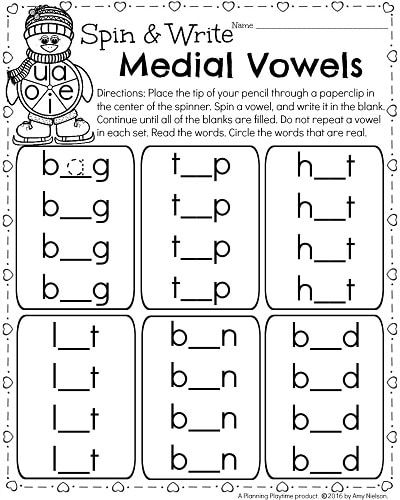 You can give a teacher who will conduct classes with first-graders a stack of paper with large rulers. If we want the child to form an image of a letter, then it is useful to write each letter in a variety of ways:
You can give a teacher who will conduct classes with first-graders a stack of paper with large rulers. If we want the child to form an image of a letter, then it is useful to write each letter in a variety of ways:
- with your hand in the air
- sponge on bathroom wall
- chalk on asphalt
- sand or sidewalk sprinkler
- colored water on snow
- tassel on large sheet
- with a finger or the whole palm - on clay, semolina, sand or shaving foam.
It is useful to lay out letters from sticks, from plasticine sausages, from shoelaces, from nuts and designer parts.
Outlining letters along dotted lines is not so useful, but drawing a family of similar baby letters around a sample letter is good and useful.
You can also make letters-matryoshkas of different sizes, one inside the other, or draw letters on a hill and under a mountain, drawing a sheet diagonally.
A child can write letters, but they turn out “wrong”
It happens that a child’s image of a letter is not formed very accurately, and he does not understand how wide, how high it is necessary to write a letter to make it look beautiful.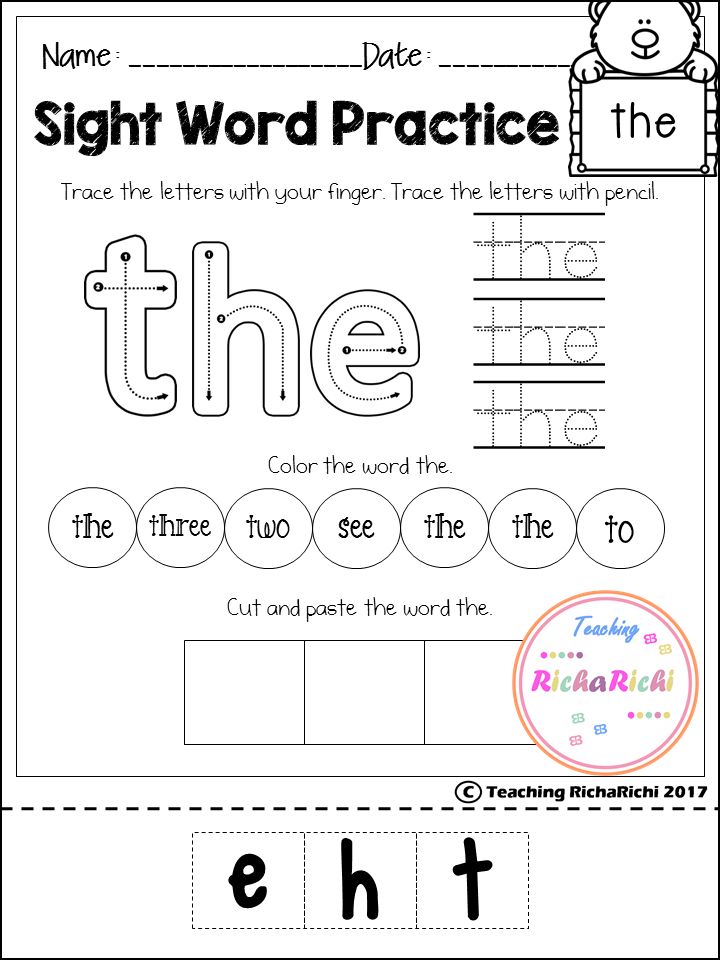 Or he simply doesn’t remember which way the tail of B or D is, or confuses the written letters H and C. In this case, it is useful to draw the same letter with chalk, lay it out from counting sticks, from a handful of rice or beans, from plasticine sausages. It is important to use different materials so that you can easily change the proportions of the letter and see if it gets better. You can draw a line on which we draw letters, not straight, but curved so that "the letters go over the mountains", and then it's not scary that one letter leans to the right, the other is bent - it's even funnier. In general, the more play and laughter there will be in your classes, the better!
Or he simply doesn’t remember which way the tail of B or D is, or confuses the written letters H and C. In this case, it is useful to draw the same letter with chalk, lay it out from counting sticks, from a handful of rice or beans, from plasticine sausages. It is important to use different materials so that you can easily change the proportions of the letter and see if it gets better. You can draw a line on which we draw letters, not straight, but curved so that "the letters go over the mountains", and then it's not scary that one letter leans to the right, the other is bent - it's even funnier. In general, the more play and laughter there will be in your classes, the better!
The child is distracted and confuses the letters
My brother in the first grade wrote “the first of December” instead of “February” because he mixed up the letters and did not like writing. And he wrote this ill-fated "Devra" all month long, both in class and at homework. In such a situation, different attention games work well: for example, find all the written letters "d" among the written letters "c", "f" and "b".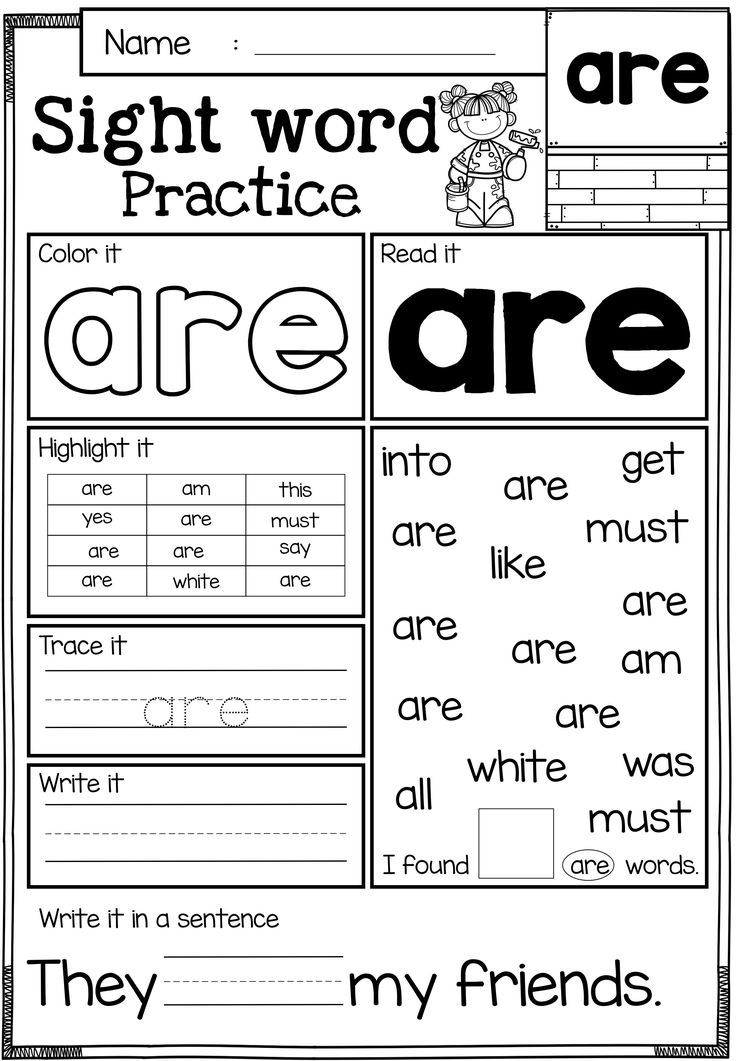
You can do small tasks every day like a correction test - for attention and accuracy. You can compose funny phrases in which all the words begin with this letter: "The purple lantern snorted at the violets." "A good melon perforated the oak."
Child forgets how letters are spelled and what they look like
Some children have difficulty reading and writing because they cannot remember what letters look like. Adults are used to the fact that this icon denotes this sound. And for children, all these icons are often too similar. In this case, we need alphabets in pictures. This is called "forming an association with the image of a letter." We advise you to take the "ABC" by Daria Gerasimova, there in the book "ABC with transformations" each letter has its own image, and there is a rhyme to it.
You can collect the letter A from watermelon seeds or orange rings, O - from cucumber rings, P - from sticks, W - from cones, F - from dates or pistachios, K - from chestnuts, etc.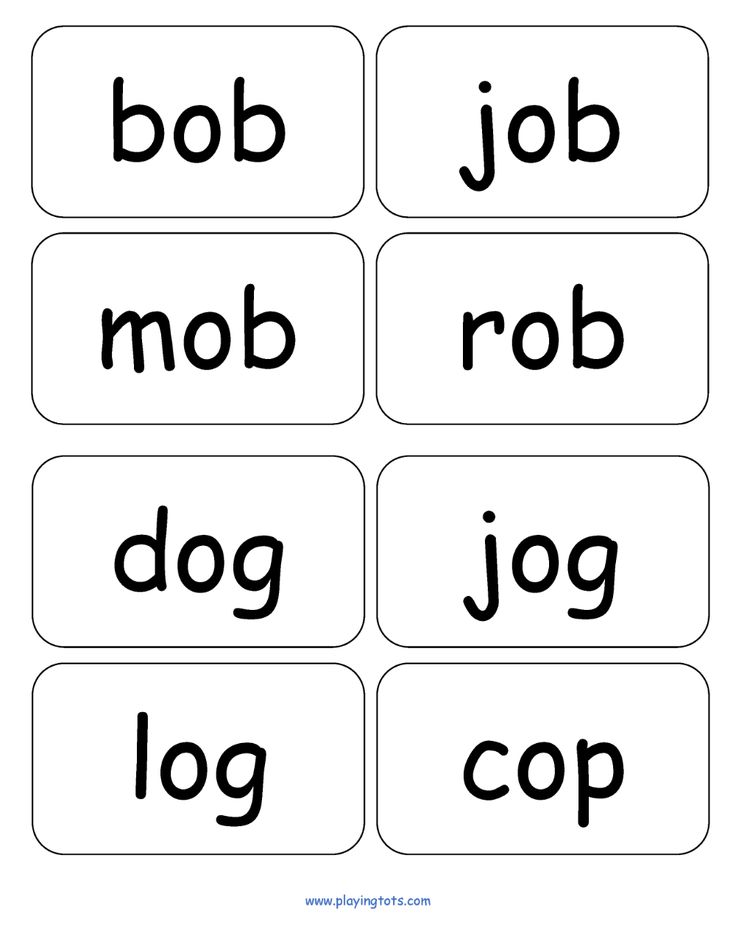 Then the image of the letter will be associated with the material.
Then the image of the letter will be associated with the material.
You can remember and write down different words starting with this letter. We draw the letter "A" and around it we write down and draw different words that begin with this letter: bus, arch, acrobat, orange, watermelon. Then we draw the letter "B" - and a squirrel, a ram, a banana, a drum, a bun appear around it.
What do children like to write about?
According to my observations, children most willingly write their name, their compositions, fairy tales, homemade books, tips for finding treasures, inscriptions on their map, price tags when playing shop, tickets when playing theater, their order when playing cafe. Many children are ready to write their own name at least ten times in a row, and at the same time they are ready to experiment, write letters of different sizes, decorate letters with curlicues, write each letter in a new color, master written letters (not all letters, but only their own name), write wide letters or narrow, high or low.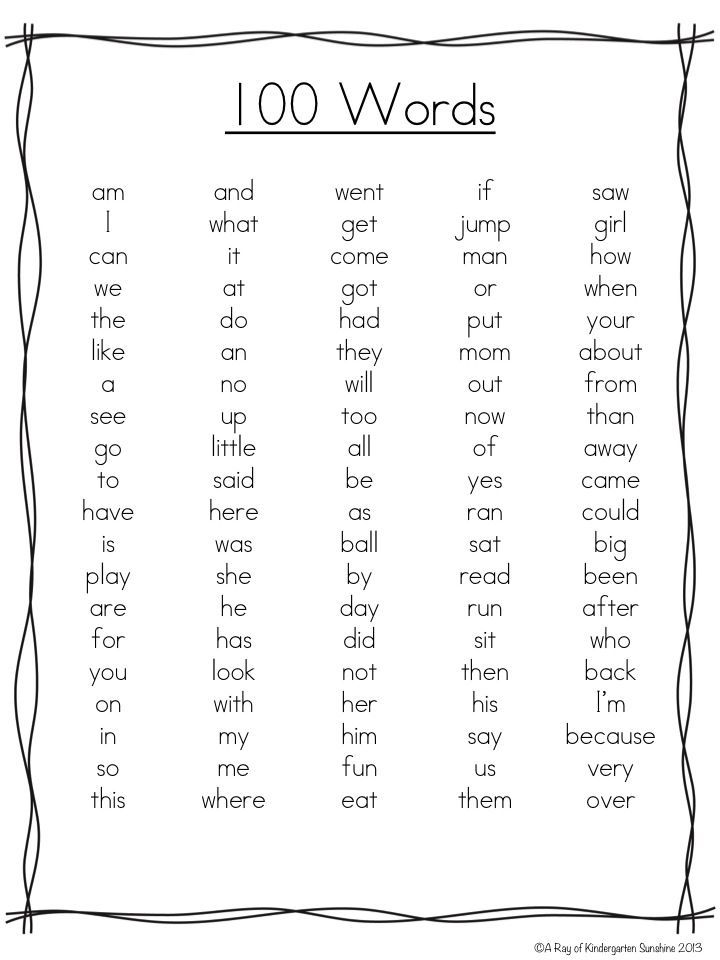
You can add an element of randomness to the games with prescriptions. We throw a dice, and how many points fell out, so many times we draw the selected letter or the selected short word. When the work is divided into small observable pieces, it is much easier to do it, and it is not so scary to start. Perhaps at some point the child will see that there is not much left - and he will simply add letters to the end of the line himself.
If we are only teaching a child to write, it is important to separate literate writing and writing
It is very difficult to learn everything at once, to have time to follow the spelling, the meaning, the beauty of the letters. And therefore, it is most reasonable to separate these aspects of learning. And in any case, there is no need to rush a child who is having a hard time.
Let's say that in the exercise we are focusing on writing correctly. Then we start by choosing those words that most children can write without errors.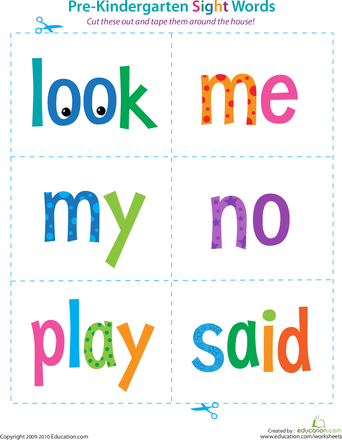 Let there be no unchecked vowels, and even unstressed ones. And let it be clear whether the letter is voiced or voiceless at the end. It is not necessary to write off, you can choose pictures - and write captions to them. House, cat, whale, bow, beetle, lamp, table, chair, fox, wolf, hand, porridge, sofa, robot, arch, forest, park, Christmas tree - it's hard to make a mistake in these words. We print pictures - without words, and ask the child to choose any 5 cards and write captions for them! And we can, with a clear conscience, praise everyone who wrote so many words correctly. And then you can come up with funny combinations with these words: “the house flies”, “blue cat”, “red whale”, “fun bow” - and write them off too. Or you can attach separate cards with adjectives to the words that we already know how to write - and write down the funniest. For this, by the way, cards from the game "triple nonsense" are great. Or you can flip through the pages of a paper cutter and write down the resulting nonsense.
Let there be no unchecked vowels, and even unstressed ones. And let it be clear whether the letter is voiced or voiceless at the end. It is not necessary to write off, you can choose pictures - and write captions to them. House, cat, whale, bow, beetle, lamp, table, chair, fox, wolf, hand, porridge, sofa, robot, arch, forest, park, Christmas tree - it's hard to make a mistake in these words. We print pictures - without words, and ask the child to choose any 5 cards and write captions for them! And we can, with a clear conscience, praise everyone who wrote so many words correctly. And then you can come up with funny combinations with these words: “the house flies”, “blue cat”, “red whale”, “fun bow” - and write them off too. Or you can attach separate cards with adjectives to the words that we already know how to write - and write down the funniest. For this, by the way, cards from the game "triple nonsense" are great. Or you can flip through the pages of a paper cutter and write down the resulting nonsense.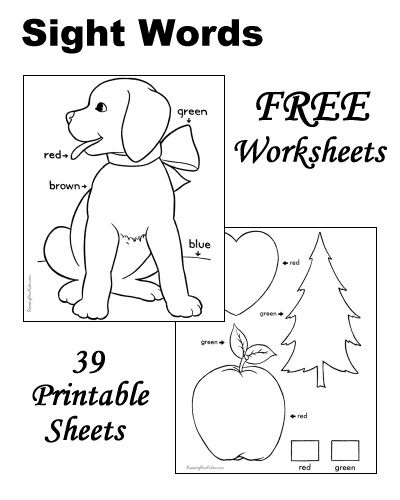 If we want to teach children to compose, to write meaningful texts, at this moment we must put aside both literacy and the beauty of letters. Let him write at random, skipping letters, making mistakes, erasing and crossing out, as long as the ideas in the text are interesting and the plot is fascinating. As one teacher friend says, let them write an essay with a million mistakes! But by yourself!
If we want to teach children to compose, to write meaningful texts, at this moment we must put aside both literacy and the beauty of letters. Let him write at random, skipping letters, making mistakes, erasing and crossing out, as long as the ideas in the text are interesting and the plot is fascinating. As one teacher friend says, let them write an essay with a million mistakes! But by yourself!
And if we focus on calligraphy, then at this moment there is no need to find fault with speed, literacy, etc. Copybooks at school are given so that children learn to write quickly and can quickly take notes. The idea is great, but according to the research of many psychologists, calligraphy goes well at 9-10 years old, and for many six-year-olds, writing is difficult. For uninterrupted writing, they need to strain their hand very much, they get tired, they begin to squeeze the pen in their hand even more strongly, a tremor appears, the letters tremble and “slide” off the line.
Is it possible to change the situation and make copybook work a pleasant experience?
If we want to write beautifully and be interesting, then we need to start with motivation.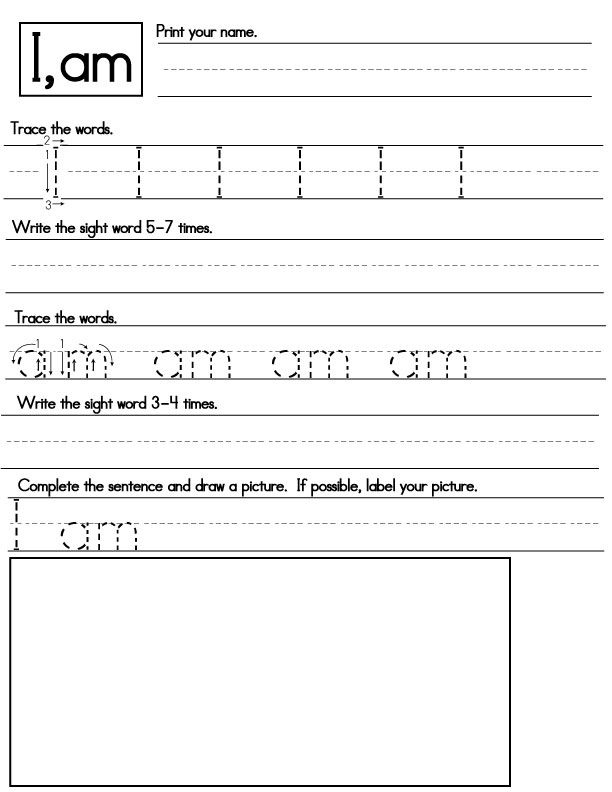 If we just force it, then the child gets tired quickly, starts to get distracted, writes worse and worse. And if you allow yourself to choose in what order to write off the words, what will change? Does he write less? Then let's let him set his own order!
If we just force it, then the child gets tired quickly, starts to get distracted, writes worse and worse. And if you allow yourself to choose in what order to write off the words, what will change? Does he write less? Then let's let him set his own order!
You can arrange a lesson-quest and invite the child to choose 5 or 10 words that he is ready to write neatly and beautifully.
You can also offer to do a beautiful half of the task and not finish the second part. You can offer to write off your favorite poem, anecdote or the lyrics of a song instead of a text from a textbook. Or you can make a homemade picture book. Or write down a story invented using story cubes. You can write a birthday guest list or a grocery shopping list. And you can share responsibility: a child comes up with one phrase, and an adult writes it down, and vice versa. The adult invents, the child writes. Let it be funny nonsense - inventing and writing funny things is much more interesting!
If we want children to write more on their own and understand written letters better, we can leave them notes written by hand more often
And at first it will be notes written in large capital letters, and then you can write some words in capital letters or even everything.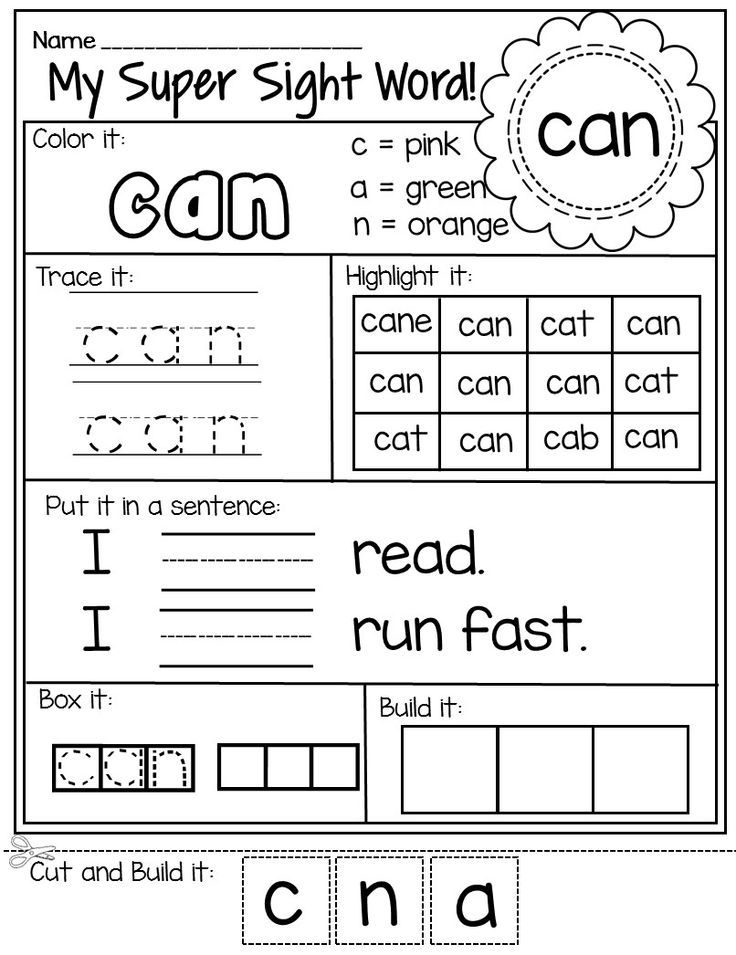 If a child cannot read italics, then learning to write in cursive does not make sense. It will copy the text as a picture without dividing it into individual letters and words. And this will be mechanical copying, which will not help you learn how to write each of the letters separately.
If a child cannot read italics, then learning to write in cursive does not make sense. It will copy the text as a picture without dividing it into individual letters and words. And this will be mechanical copying, which will not help you learn how to write each of the letters separately.
Bonus: for adults
I recommend two exercises for adults to remember how they feel about writing: take a pencil or pen in an unaccustomed hand, and write a number and the words "homework". And then you can try to change the color of the pen after each letter. Please note that in adults the image of the letter is formed, you do not need to remember how to write "a" and in which direction the tail of "d", but still writing with an unusual hand is not very easy. When you write a text, you do not have such difficulties, you think, and the hand itself writes the necessary squiggles. But if you have to stop after each letter (you - in order to change the color, and the child - to remember how this or that letter is written), then there will be more errors, you can easily skip the letter too.

